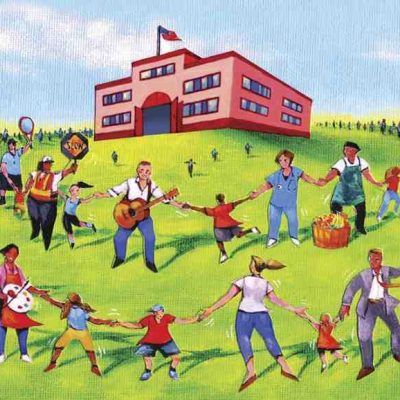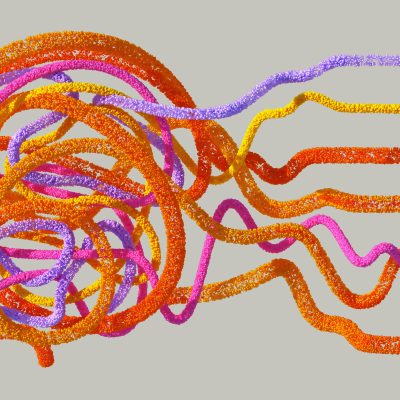Warm beds and full bellies: America’s nap time epidemic
Napping has always been an essential part of human life. Everyone might love their naps, but not everyone can get them. Preschoolers and babies are the majority of humans in America who nap during the day. They are able to get a break from their long day of screaming and playing with toys, so why can’t the rest of us? Students go to school for six to eight hours a day with a 20 to 30-minute lunch break, and adults work eight to nine hours a day with a 30-minute lunch break. The people that need naps the most during their day aren’t getting it. Why do the younglings get naptime for however long it needs to be after doing nothing when the people putting in actual work don’t get it? Adults work constantly whether it’s to provide for themselves or for their family.
According to Dr. Michael Grandner, a power nap helps to improve memory and reduce fatigue for the day. For students and adults, a power nap could help them with their work. As a student, you’re constantly learning different information from completely different subjects every day. Having that build up in your brain isn’t fun. Taking a nap halfway through would allow us kids to give our brains a little break before we continue learning more information. I feel as though learning different subjects back to back without a proper quiet break isn’t something kids with undeveloped brains should deal with.
Adults who work long days, and sometimes need to deal with customers, need a nap to help them reset. Resetting themselves could better their interaction with people and keep them focused and less prone to making a mistake. Adults who don’t like their jobs might have an easier time knowing there’s a time outside of lunch where they can take a break.
Taking naps for too long isn’t too helpful, because then you won’t sleep at night, and in turn, not sleeping at night might make it difficult for you to function in the day. According to Harvard Health, “some studies have found that adults who take long naps during the day may be more likely to have conditions such as diabetes, heart disease, and depression.” Napping for too long often is a result of not getting enough sleep at night, so if you rest in the middle of the day, does that really help? You’ll try to sleep longer, and then when you wake up, you’re cranky and not focused.
If we can’t get a nap time, we should at least increase lunch time. At my school, lunch only lasts 25 minutes, which is not enough. There’s also a limited number of microwaves in the cafeteria, and half of the students in their designated lunch have to use it. Some people end up having only five to 10 minutes to actually eat all of their food because they are waiting for so long. Education Week notes that after students use the bathroom and wait in line for food, there isn’t enough time to eat and get the necessary nutrients. The School Nutrition Association agrees that “the 25 minutes to half hour” for lunch is too short.
Students and adults need a designated nap time just as much as every small toddler and baby. Naps may have their setbacks, but we need to be honest with ourselves and agree that even a short nap can help all of us in the long run. I can only speak for America, but all schools need nap time for their students, and same with almost all work places. Extended lunches better us too, because of the increased nutrients one can consume in that time. People need to be able to have the energy provided by food and rest to focus and be alert throughout the day. Longer lunches shouldn’t be slept on.









